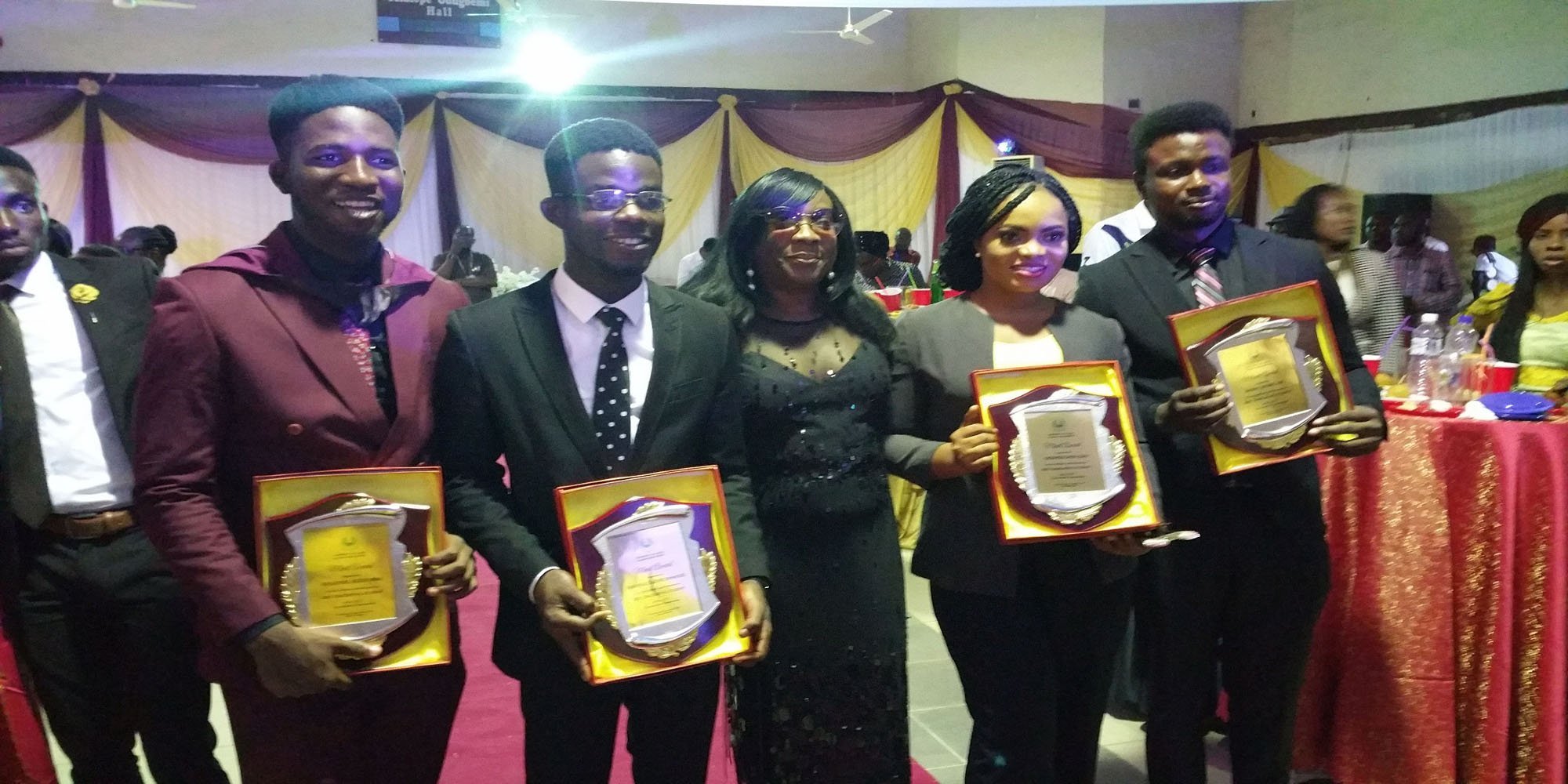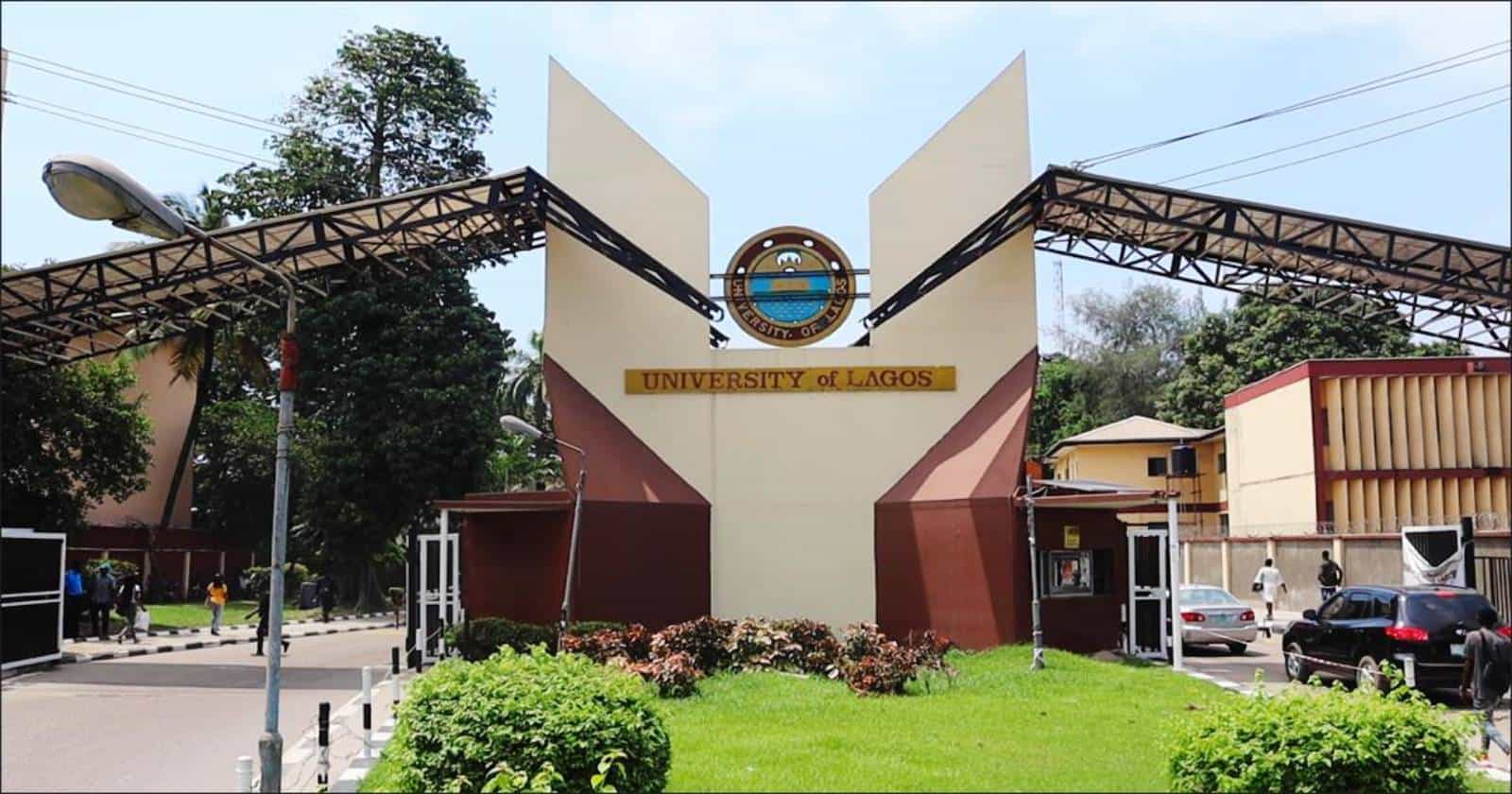![[Photo] UNILAG Student Invents Maths Board Game](https://schoolgist.ng/storage/postFiles/Abiola.jpg)
University of Lagos, UNILAG student invented a mathematics board game to demystifying basic mathematics through board game .
Olatunji Moshood Abiola
A 400 level student of Mathematics Education, University of Lagos (UNILAG), Olatunji Moshood Abiola, invent a mathematics board game to
According to Abiola, the new board game would not only enrich learners’ mathematical knowledge, but also further improve their love for the subject.
He further added that using the board game as teaching aids in schools especially at the basic education level, or as an extra curricular activity would demystify mathematics and stimulate students’ interest in the subject.
Similar Posts:
- UNILAG Matriculation Ceremony Date
- UNILAG Convocation Ceremony Programme of Events
- UNILAG Convocation: Payments, Gowns, and More!
- FUTA Newly Approved Undergraduate Programmes Admission
- UNIJOS Postgraduate School Fees
“The idea of developing the board game started when I was in senior secondary one, which was when I started wondering about the possibility of coming up with something just like the Ludo game because I know children love to have fun by playing games. Since then, I have been working on it. Fortunately for me, I got the right pattern and design of the game when I went to use the lavatory at the Elkanemi Hall of our institution. In fact, the design of the floor tiles in the toilet that gave a clue of how the pattern should look like,” Abiola recalled.
“The board game, which is mainly for children between the ages of two and six, was designed to solve the problems posed by the abstract nature of Mathematics; allow kids get excited about the subject; enhance and stimulate their interest in the subject; allow them learn while having fun and also ensure a sound mathematical foundation for everybody,” the inventor said of its intended benefits.
He described how an aspect of the game works thus: “Math Race 1 (MR1), is a mathematics game for primary school children. It enhances pupils’ ability to know addition, subtraction, multiplication and division while having fun. A maximum of 6 players can play at a time.”
I the game, he explained, “the colour denotes the action to perform. For instance green is for addition, yellow is for multiplication, blue for subtraction, black for division while red is pick a card, and there are twelve cards a player can select from. And the player performs the action on the card, (like subtract 11). It can also be played by one player, but the more the players the more interesting it becomes. It is also a family game that parents can play with their kids. Additionally, it can also be used for adult education and also be included in the competitions menu of inter-house sport competition in schools. The sweetest thing is that it keeps getting easier.
“After MR1, I have also invented, “Math Race 2,” which is a modified version of MR1, with the introduction of negative numbers. The third game, “Math War”, enhances users’ ability to master the multiplication table from one to 12. A maximum of four and minimum of two pupils can play this at a time. The game has been play-tested by over 40 kids. Currently, I’m working on a new board game, Math Race 3, which will be played without a dice.
“During the process of inventing MR1, my mum started complaining as a result of the dice she saw with me because she thought I had started gambling. So, I had to isolate myself while play-testing the game. However, it was the addition and subtraction challenge that were first solved and I wanted to stop there. But I later introduced colour in order for the multiplication and division parts of the game to be brought in. However, in a situation where players get stuck in the middle of it all and go for onwards of four hours without a winner, the red card comes into play. This is the reason I introduced the action cards for colour red, which tells a player to perform some specific action, like add 20,” he said of some of the processes he went through to create an enjoyable game for pupils.
On how he joggled developing the board game and devoting adequate time for his academic activities he said, “It wasn’t easy considering the fact that we do a lot of courses in my faculty. So, I spent one hour in the “laboratory” everyday. For me, the laboratory is anywhere. It may be in my hostel, in the lecture room, at home or around the faculty. I just make sure, I spend one hour a day thinking about a problem and finding a solution to it. “
For now, Abiola’s invention is still a distance away from being on sale in educational shops or being enjoyed by pupils in schools because it is still in prototype. “For now, schools cannot access it because all I have with me is a prototype. That is why I’m seeking the help of corporate organisations and investors to sponsor this new invention.”
The Education Secretary, Ifako Ijaiye Local Government District, Mr. Taiwo Balogun, who has play-tested the game had this to say said, “The invention is a practical experimentation of teaching and learning of mathematics at basic education level. Knowing that mathematics is a core subject, it would assist and enhance learning for users. I have tested it and I can recommend it for all schools.”
Also, a lecturer at the Mathematics Education Department of UNILAG, Dr. Adeneye Awofala said, “The board game would be of immense benefit to Nigerian students. It would help them to see mathematics as a practical thing and guide them to the realisation that mathematics is not a fearful subject. It would sharpen their understanding at least at the basic level, and cause them to see the subject as something they can do, something around them; something available anywhere, at any time.” (Guardian)



